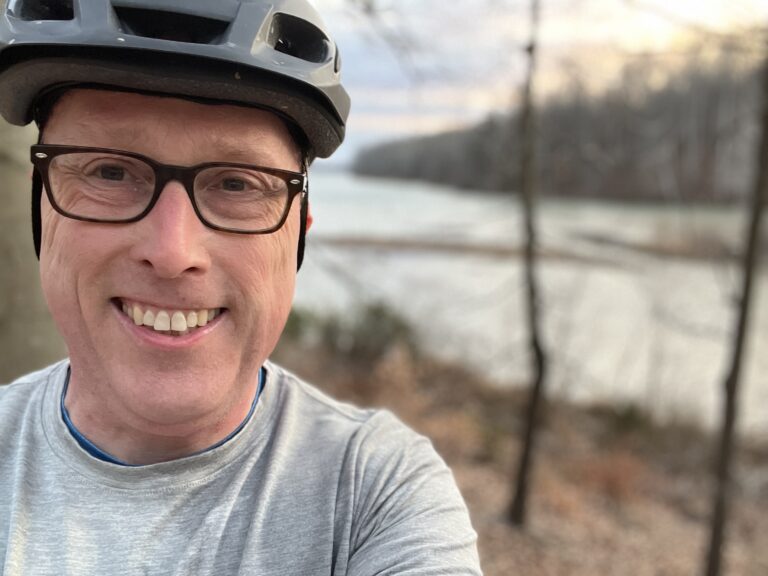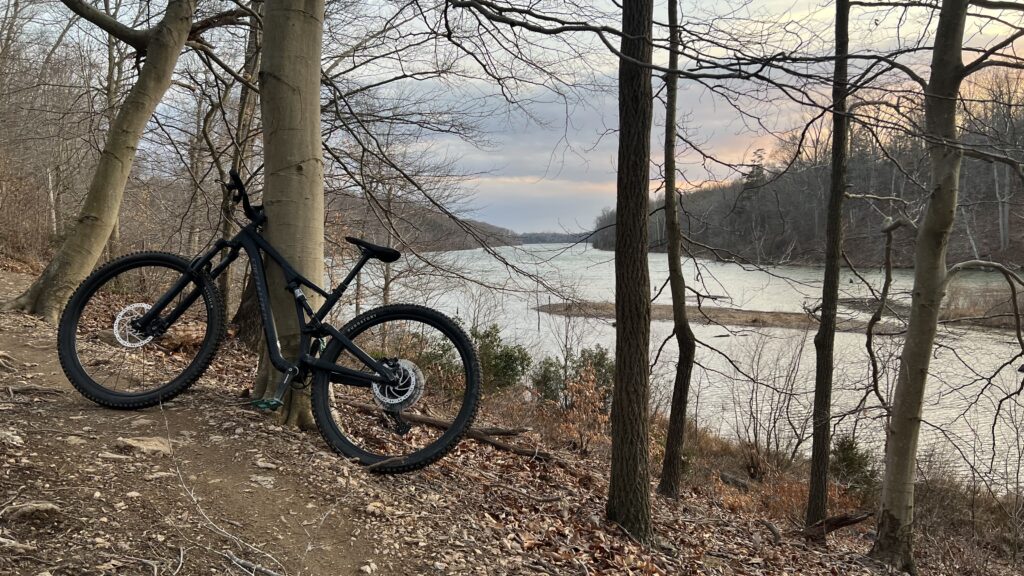Connections - 03.30.23
A Simple Way to Improve Whole Person Health

Share this page
Stay Informed on the Latest Research & Analysis from ANCOR
More News
Stateside Report - 03.25.24
Stateside Report: March 25, 2024

Capitol Correspondence - 03.19.24
Alliance Unveils National Roadmap for Disability-Inclusive Health Care
Stateside Report - 03.18.24
Stateside Report: March 18, 2024



